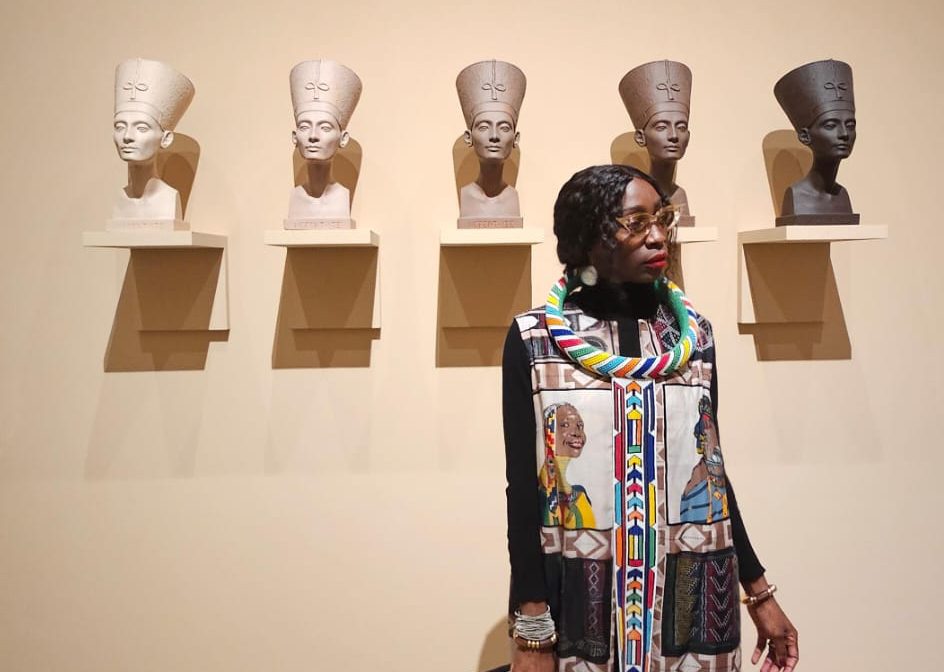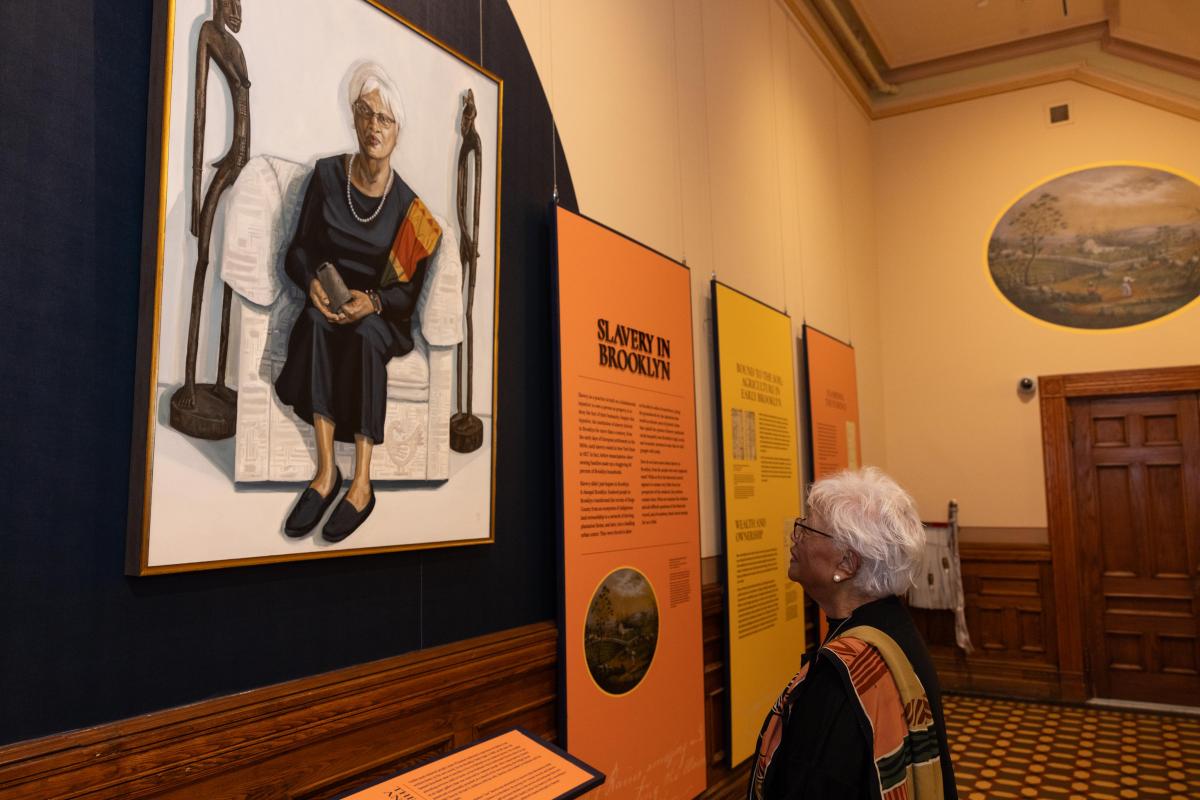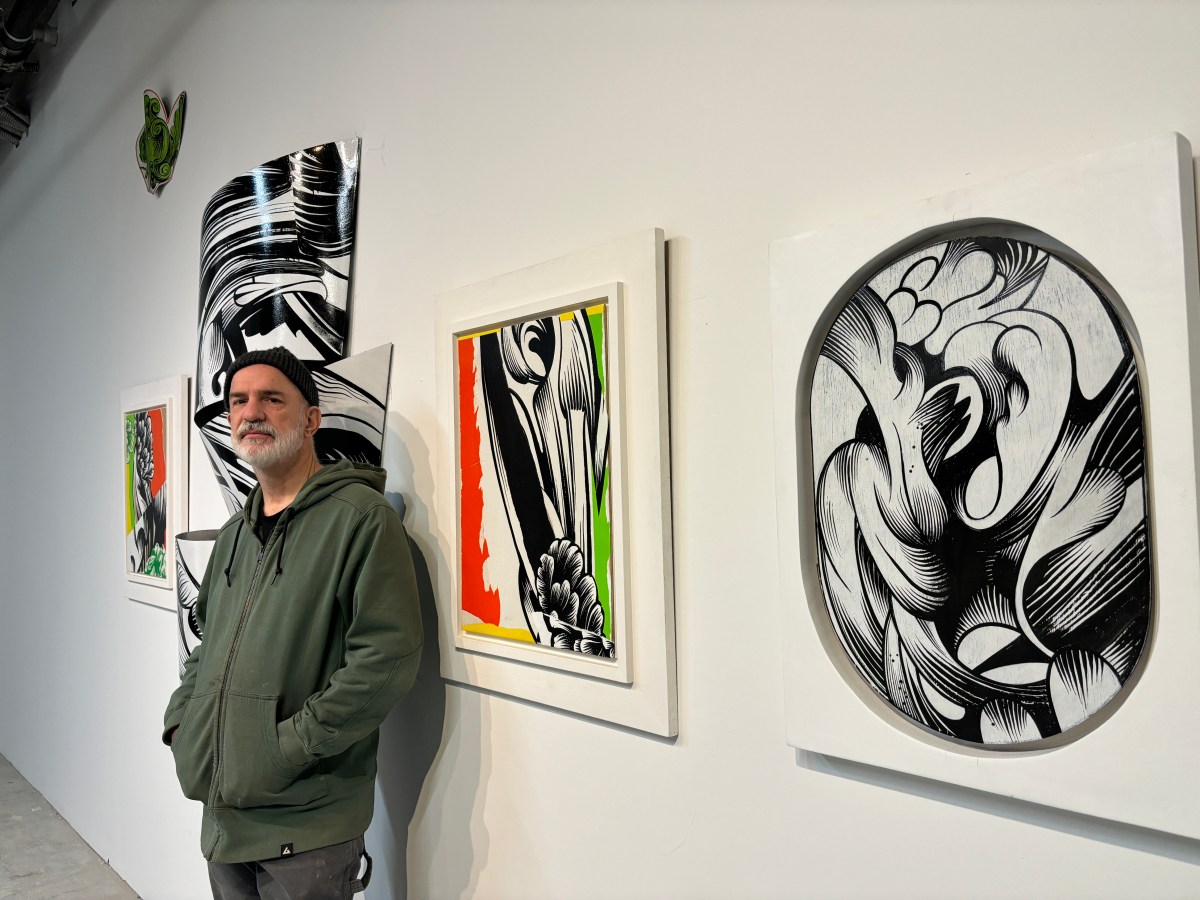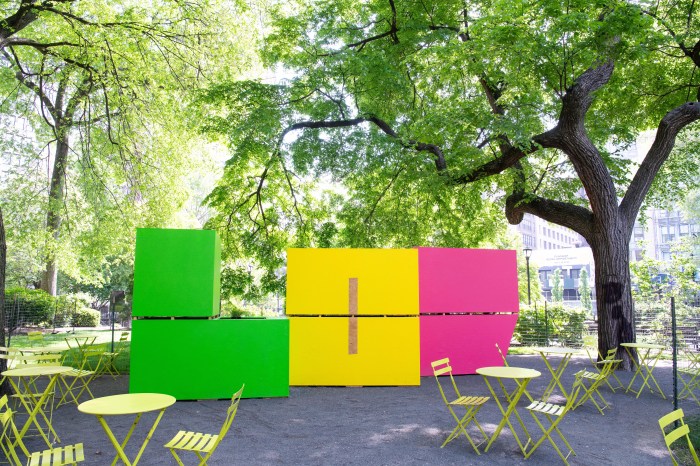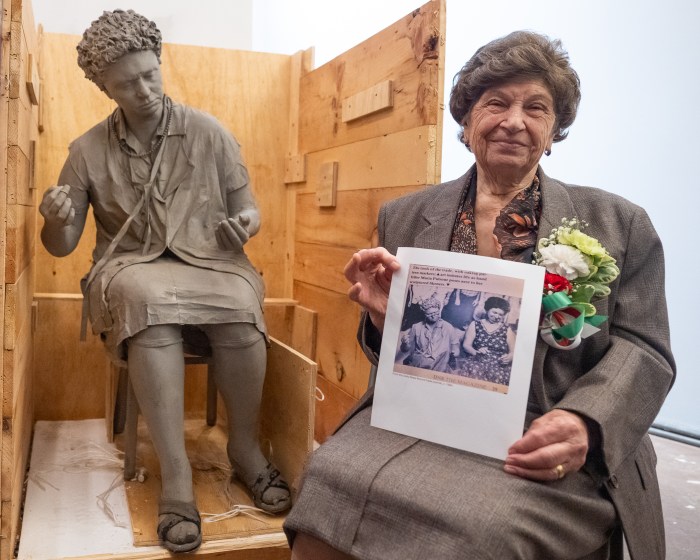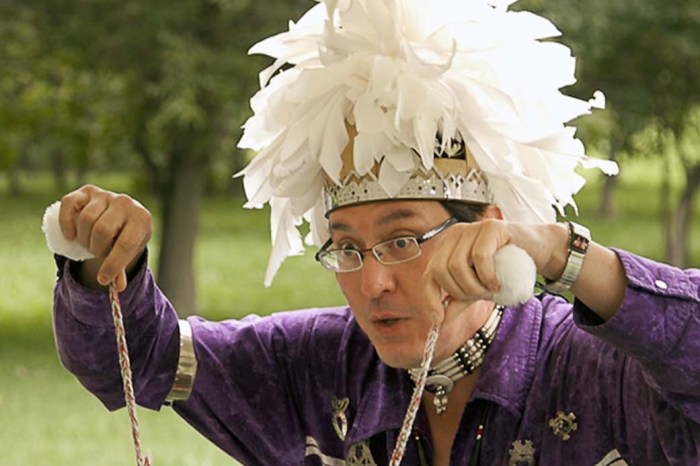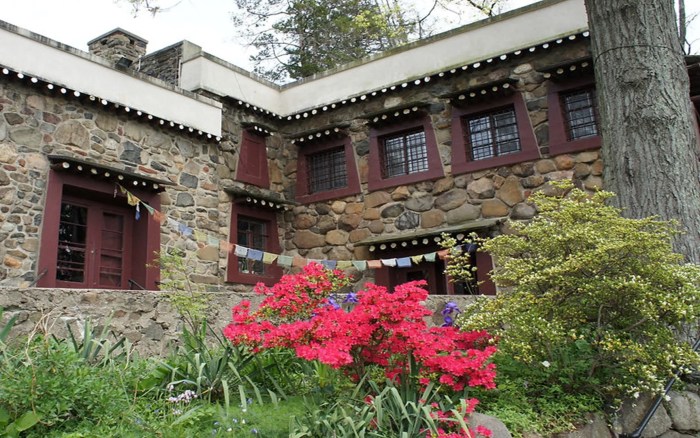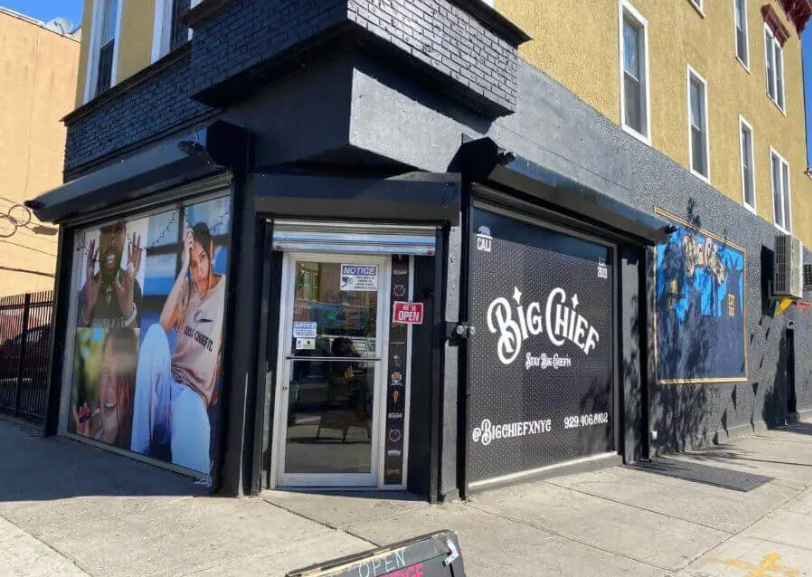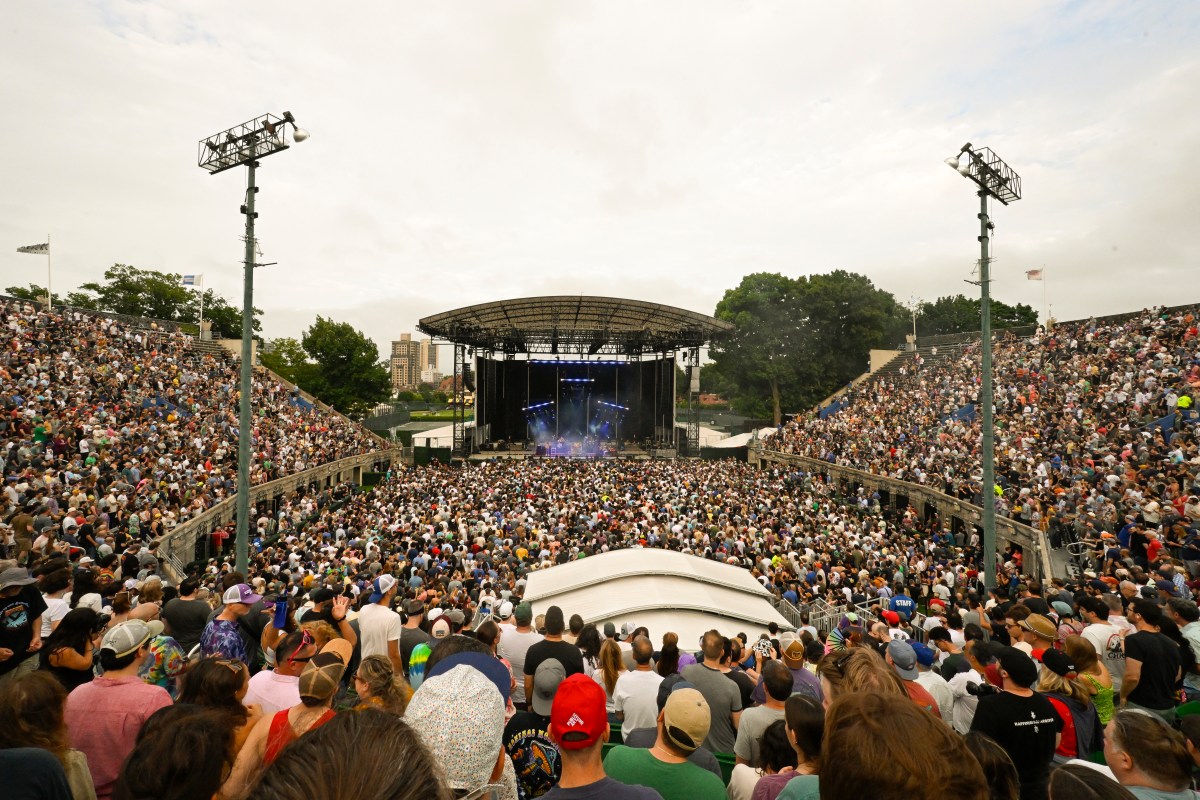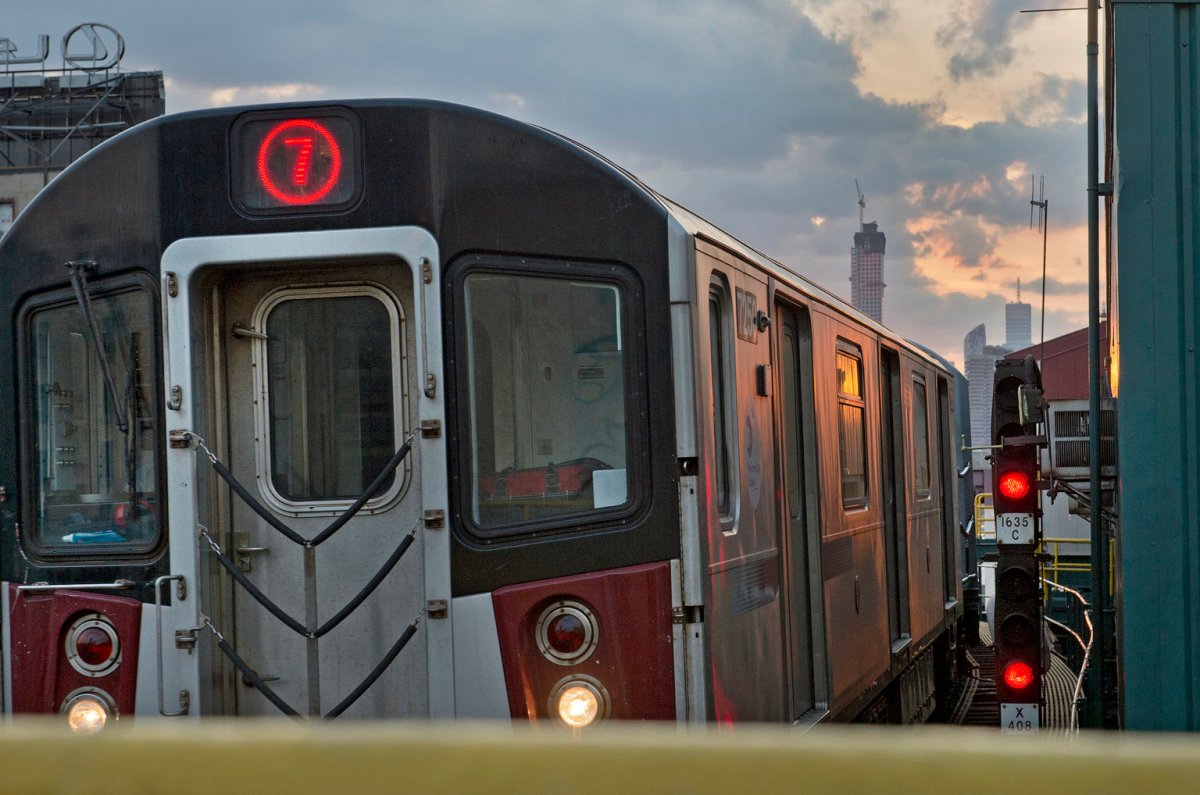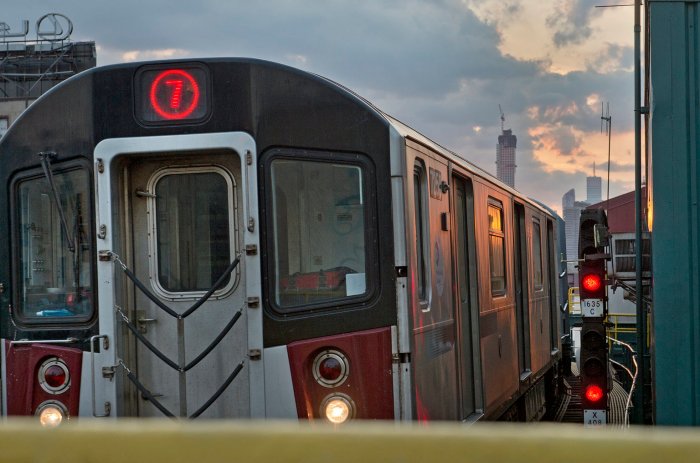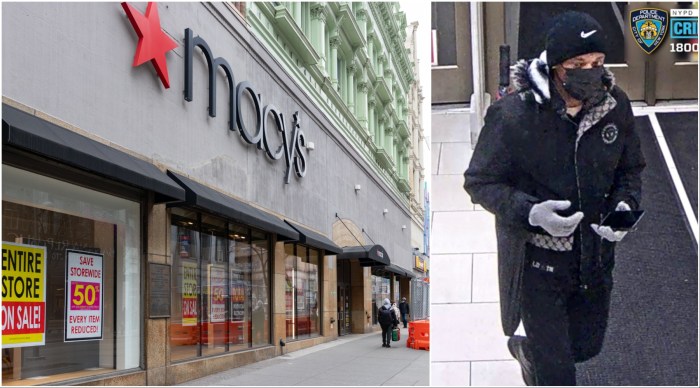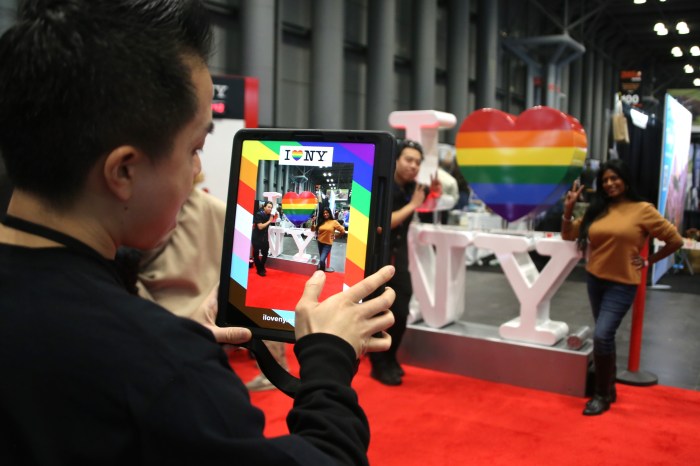There are exhibitions that inform, exhibitions that dazzle, and then there are exhibitions that transform the very marrow of your being. Flight into Egypt: Black Artists and Ancient Egypt, 1876–Now at the Metropolitan Museum of Art is one of the latter—a revelation, a necessary rebellion against erasure, a mirror held up to the past and the present that demands we look deeper.
Having opened at The Met on Nov. 17, 2024, and now in its final days, this groundbreaking exhibition detonates centuries of deliberate forgetting, gathering nearly 200 works that reclaim Ancient Egypt as a cornerstone of Black identity, artistry, and intellectual pursuit.
For so long, the narrative of Blackness in mainstream historical consciousness has been confined—flattened into a one-dimensional tale of oppression, as though Black existence sprang from the chains of the Middle Passage. Here, at last, is a history that stretches back not just to enslavement but to the dynastic grandeur of Pharaohs, the sacred artistry of hieroglyphs, and the infinite cosmos of a civilization that built wonders. At the same time, the rest of the world fumbled in darkness.
Curated with precision and ferocity, Flight into Egypt dismantles the Eurocentric stronghold on Egyptology, exposing its colonial underpinnings and its desperate attempts to sever Ancient Egypt from the larger Black world.
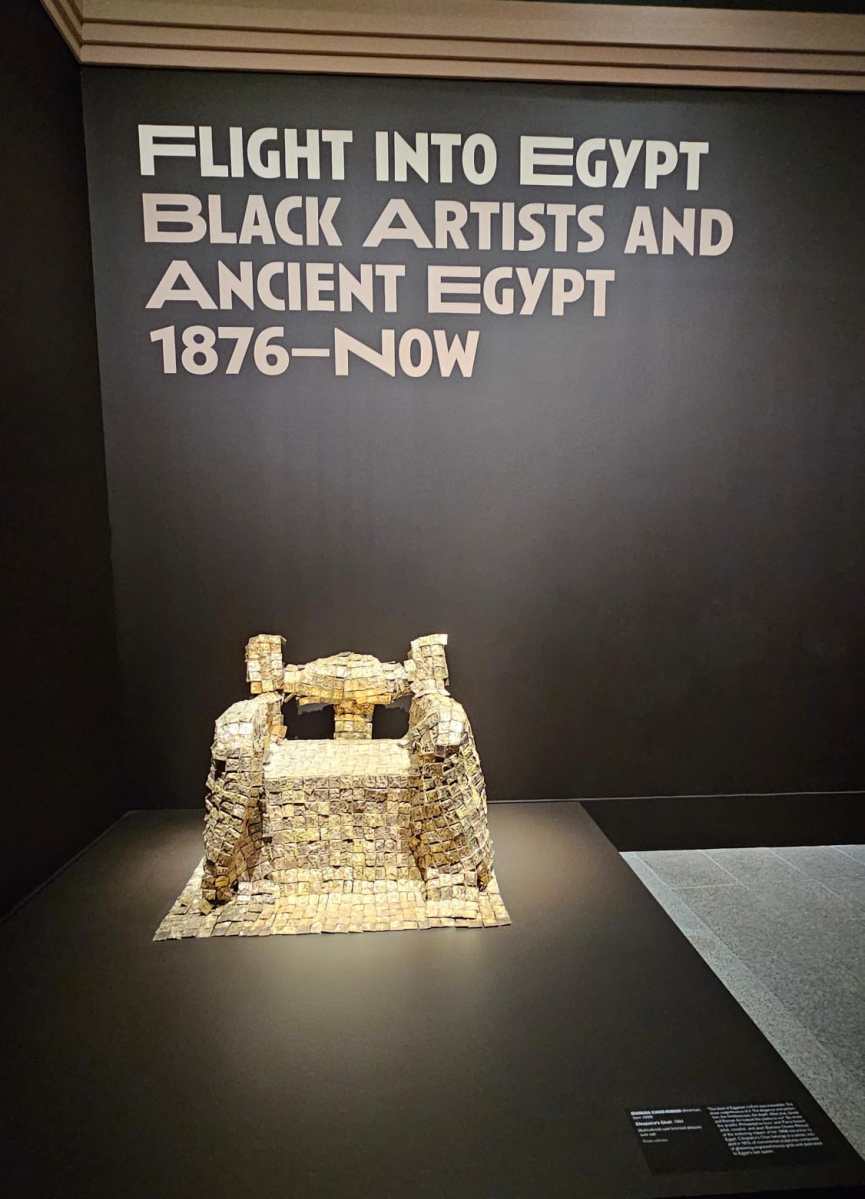
For nearly 150 years, Black artists and intellectuals have fought against this erasure, wielding Egypt as both a rallying cry and a source of limitless inspiration. This exhibition traces that lineage—from Henry Ossawa Tanner’s luminous Flight into Egypt (1923) to Madeline Hunt-Ehrlich’s contemporary meditation Cleopatra at the Mall (2024).
It is an exhibition that, in every sense, breathes. It moves. It sings. It exists across dimensions—painting, sculpture, film, music, scholarly pursuit. It bridges not just time, but consciousness.
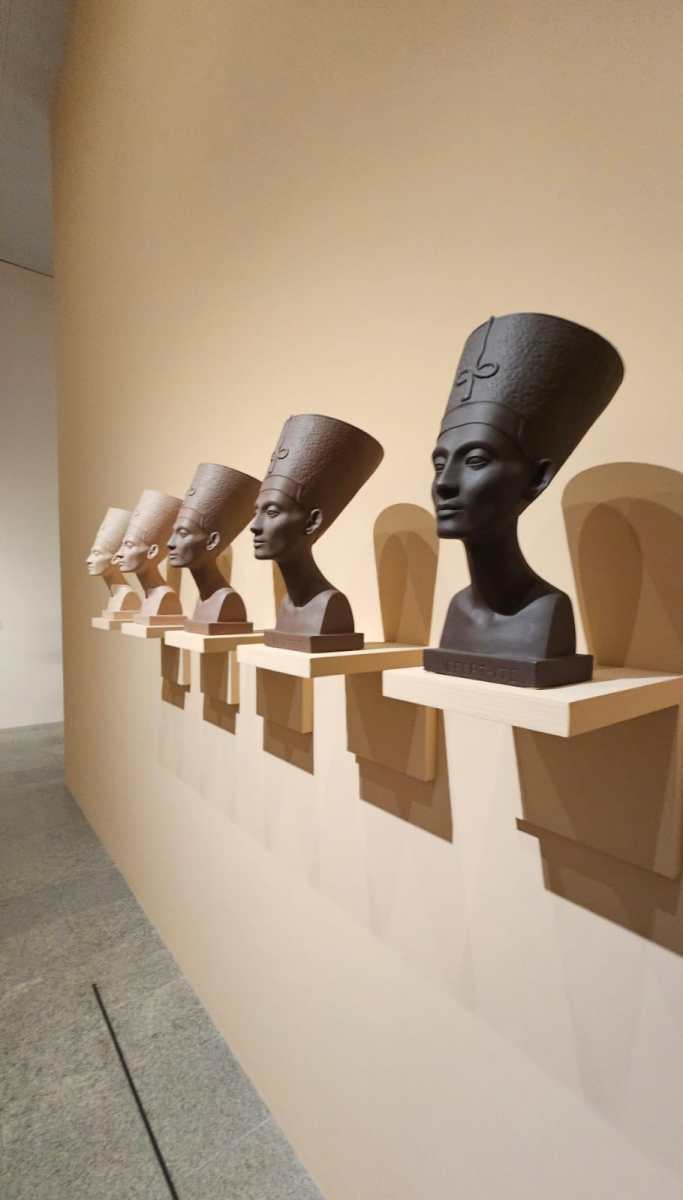
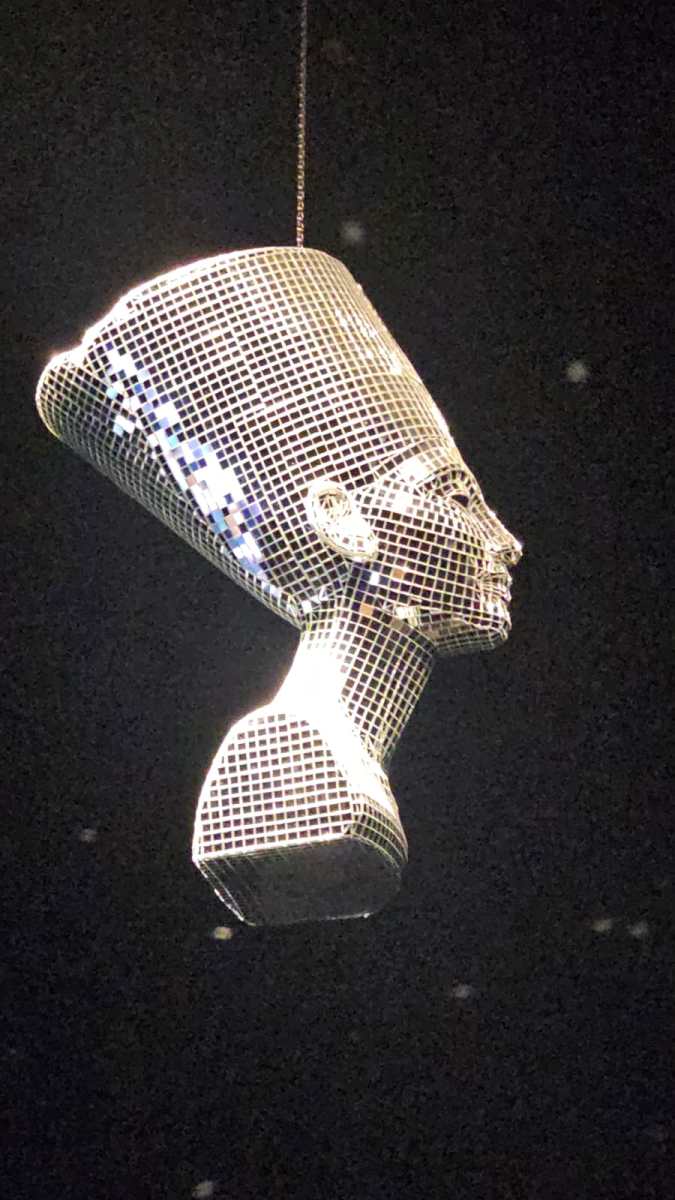
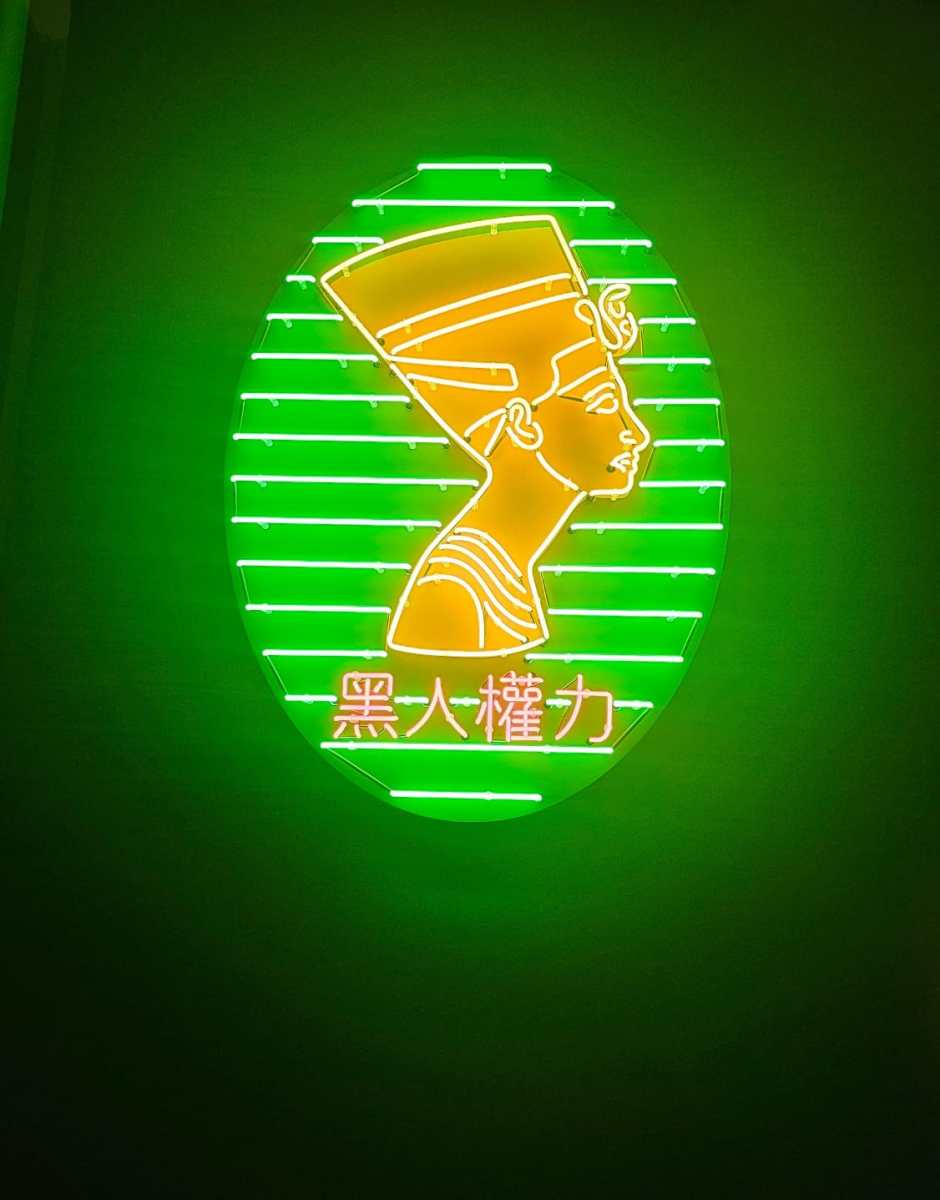
You will see Basquiat’s chaotic genius, Barbara Chase-Riboud’s sculptural alchemy, and the cosmic jazz of Sun Ra vibrating against the ancient frequencies of the pyramids. You will see Kara Walker’s sharp-eyed interrogations of power, Glenn Ligon’s subversions, Julie Mehretu’s explosive reimaginings of space and history. These artists are not merely referencing Egypt—they are reclaiming it, resurrecting it, and wielding it as a portal for Black identity and self-definition.
This is deeply personal.
As a mixed woman who grew up outside the Black community, I know what it is to search for origins, to wish for a history that reflected my skin not as tragedy but as a lineage of triumph. If I had seen this exhibition as a little girl—this ode to Black grandeur, this counter-narrative to centuries of whitewashed history—I would have understood my own existence differently. The weight of the past would have felt less like a burden and more like an inheritance.
This is the power of Flight into Egypt. It is not simply about aesthetics—it is about belonging. It is about the refusal to be erased. It is about an empire, not just of geography, but of the mind, spirit, and future. This exhibition is a resurrection. To step into it is to witness a reckoning long overdue.
The doors to history are open now—walk through them and see what was always ours.
Flight into Egypt is on view at The Met’s Gallery 899 through Feb. 17. For more information or to reserve tickets, visit metmuseum.org.



